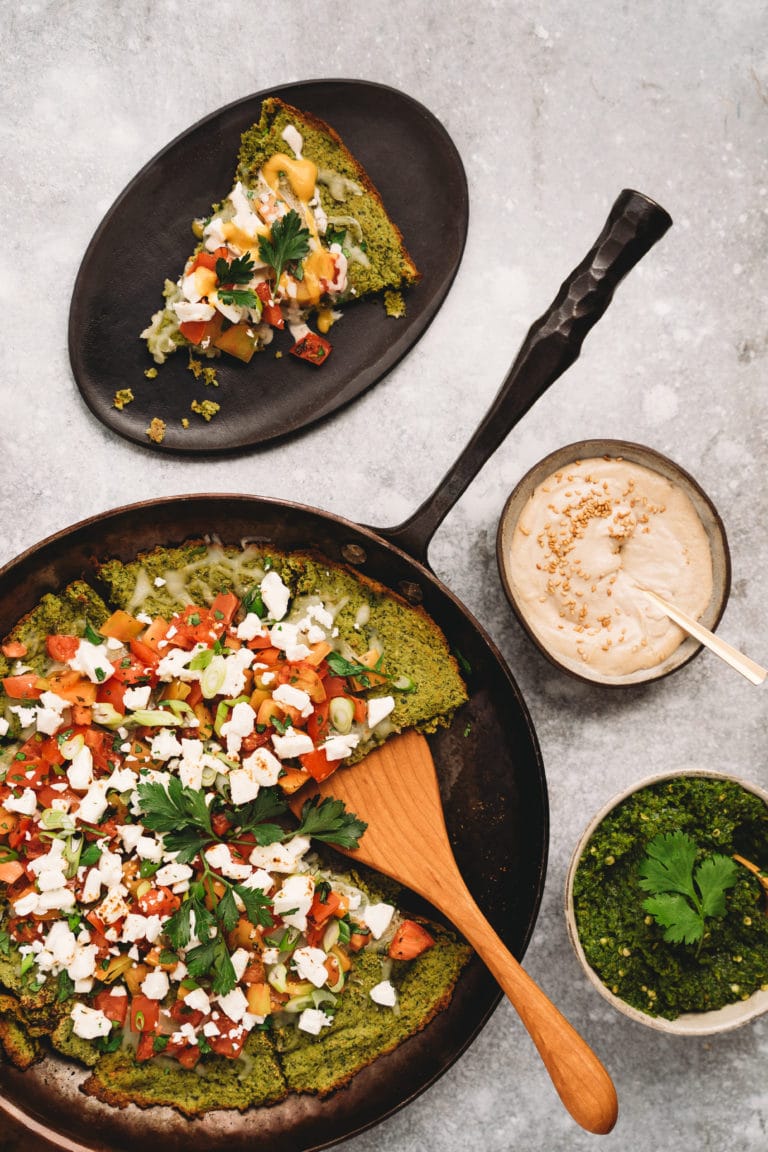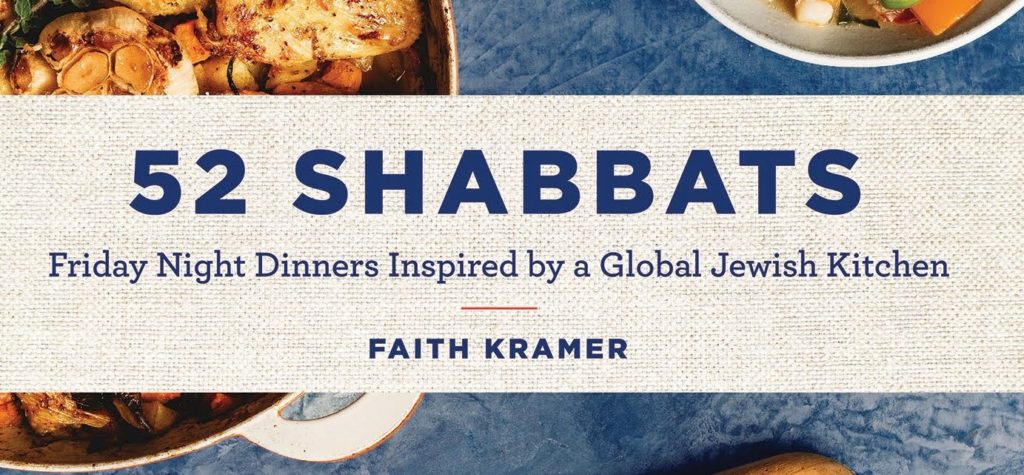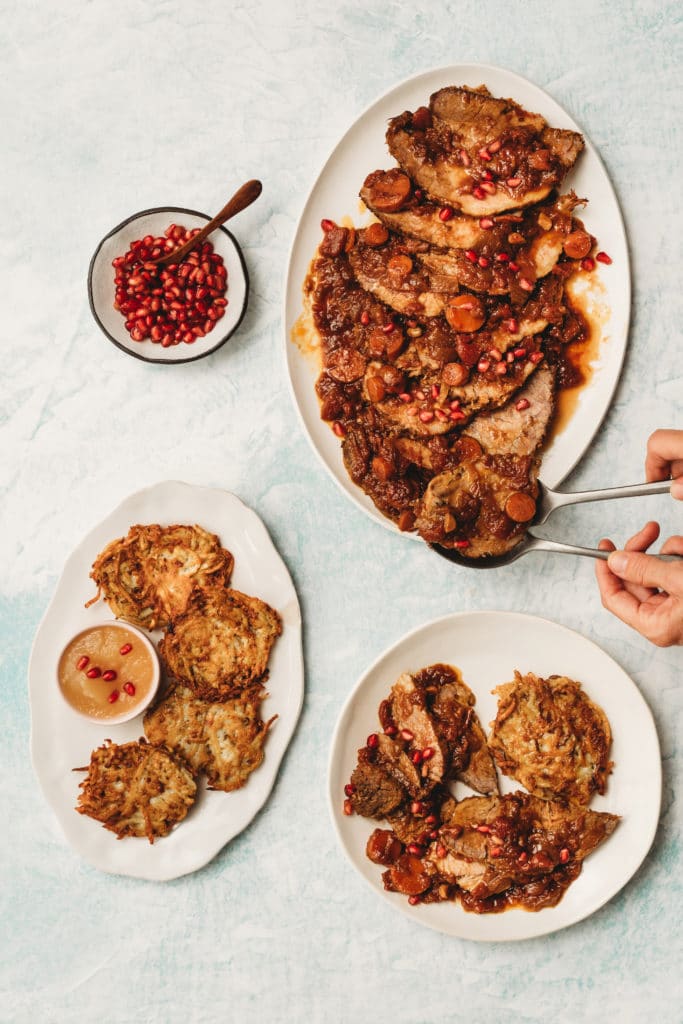
Let’s talk New Year’s Resolutions… sort of.
Given the time of year, I’ve been doing a lot of reflecting. We’re 2 years into a seemingly never-ending pandemic, and I don’t know about you, but I’m feeling stuck, doing the same things day after day, like a real life version of Groundhog’s Day.
This isn’t inherently a bad thing; we’ve been challenged in unprecedented ways and we deserve the space to process everything that comes with that. But I find myself sitting in the nostalgia of the “before times,” waiting not-so-patiently for things to return to normal. And that, I know with certainty, isn’t healthy.
Taking a page from Faith Kramer’s (cook)book, I am determined to find new ways to add flavor and meaning to my life by letting go of this need to be perfect, and accepting and adapting to where I’m at in this moment.
Earlier this month, I sat down with the Jewish cookbook author to discuss her new book 52 Shabbats and the multifaceted role food plays in the Jewish experience- how it sustains us, unites us and teaches us our history.
Growing up as an unaffiliated, Ashkenazi Jew in America, my exposure to Jewish cuisine was rare, usually relegated to the holidays when my Bubbie Lily, a Russian immigrant, would serve gefilte fish (from a jar) and kugel. These foods were seen as “traditionally Jewish,” a taste of the old country. And for years, this was my understanding of Jewish food- nostalgia for an age gone by.
In our conversation, Faith explained that Jewish food wasn’t always like this; historically, she told me, “Jewish food has always been about adapting.”
Food traditions speak volumes to where and how people lived, what they had access to and what they were allowed to use. And with the frequent migration of Jews, Jewish cuisine continued to expand and develop, bringing new influences– building on local foods and traditions. It wasn’t until the 50s and 60s that we (American Jews) really put Jewish food in that nostalgia box.
“I didn’t try to replicate regional recipes,” she told me. “Instead, I started with the traditional foods and found new ways to add flavor and meaning to my table.”
This is evident even before cracking the spine; front and center on the cover, she tells us exactly what we’ll find inside: “Friday night dinners inspired by a global Jewish kitchen.”

“Much like our ancestors adapted the food of their homelands,” she writes in the introduction, “I adapted their food ways and ingredients into recipes that reflect those values and traditions while creating dishes full of life, flavor and heritage that work for our tables today.”
Flipping through the recipes you’ll notice flavors from around the world seamlessly woven together, like her pomegranate molasses brisket that draws inspiration from both Sephardic/Mizrahi and Eastern European staples, or a recipe for layered chicken and rice plov that pulls from the traditions of Persian, Middle Eastern, Indian and Bukharan Jewish cuisine.

“Every dish is always in the making,” she told me when I asked her about the first one she mastered. And like every recipe she develops, I too am a work in progress. As I get ready to welcome the new year, I’m considering which values and traditions I want to carry with me and thinking about the opportunities I’ll have to grow and develop into a richer, more fulfilled version of myself.
I resolve to live 2022 with purpose and intention, recognize that I can still enjoy the things I love (even if they aren’t “how they’ve always been”), and discover new and exciting ways to find meaning in something as inconsequential as a bowl of matzah ball soup.
–
What intentions are you setting for 2022? Let us know on Instagram, Twitter, and TikTok!
Originally Published Dec 30, 2021 12:02AM EST
